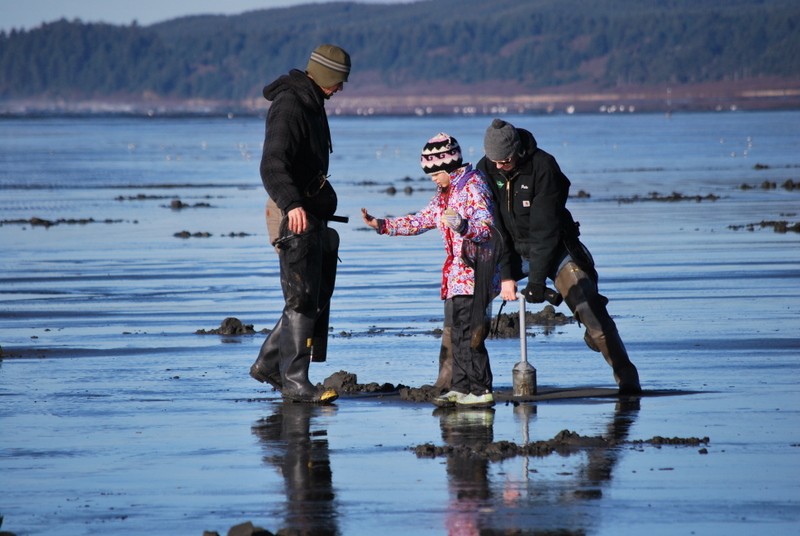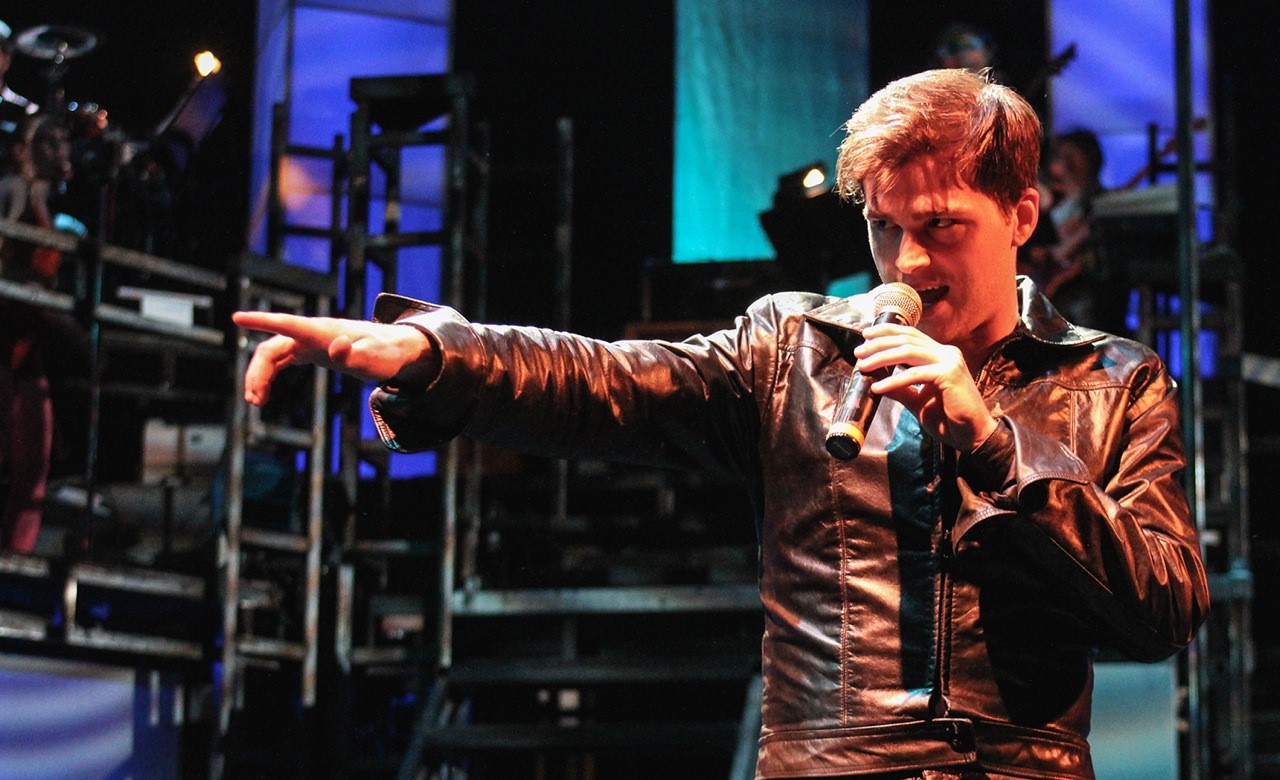Submitted by Harlequin Productions
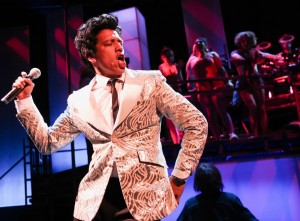 Harlequin Productions is midway through the run of its hit original musical, A Rock’n’Roll Twelfth Night. Looking at the elaborate costumes, the towering set, the full band and cast of more than a dozen singers and dancers, all situated in the beautifully restored State Theater, it might be a surprise that the company was once a small, scrappy, rag-tag group of humble theater folk. What follows is the extraordinary story of how Harlequin grew from having nothing but a dream and a whole lotta passion into the cultural and economic gem it is today.
Harlequin Productions is midway through the run of its hit original musical, A Rock’n’Roll Twelfth Night. Looking at the elaborate costumes, the towering set, the full band and cast of more than a dozen singers and dancers, all situated in the beautifully restored State Theater, it might be a surprise that the company was once a small, scrappy, rag-tag group of humble theater folk. What follows is the extraordinary story of how Harlequin grew from having nothing but a dream and a whole lotta passion into the cultural and economic gem it is today.
Our story begins with a group of five people—James L. This, Scot Whitney, Linda Whitney, Phil Annis and Ronna Smith—who got together in 1991 and decided that they wanted to produce a more challenging style of theater. They wrote their mission statement, pooled their start up capital—a whopping $400 cash—and began producing individual shows at the Washington Center Black Box, which seated about 100.
Their first season included two one-acts (Ten Seconds in the Life of Fenwick Green and Letters From Waldo) by fabulous local playwright Bryan Willis, two more one-acts (The Dumb Waiter and Zoo Story) by Pinter and Albee, Talking With, Reckless, and a staged reading of a new play by Nancy Sigafoos. At the end of the first year, Harlequin had produced seven challenging plays and was still in the black, based entirely on single ticket sales and a few modest donations. Season subscriptions were offered for 1992 and 85 die-hard fans signed on.
In its second season (1992) Harlequin took on an enormous (and enormously popular) production of Hamlet staged with an Asian motif on a 20 foot motorized revolve with a cast of 18, original score, and elaborate fights and dance. “Hamlet redefined the direction of the company.” says Harlequin Artistic Director Linda Whitney. “Who cared if shows of that magnitude overtaxed our resources? They were fun! And no matter how we tried to rein people in, everyone involved was chomping at the bit to make the next production a little bit better.” The company also enjoyed a highly successful Christmas production with 1940s Radio Hour.
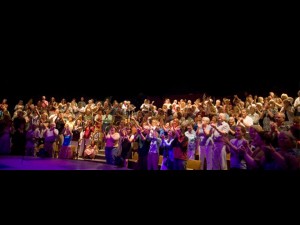
In year three (1993), the company doubled its subscriber base and sold out a second ’40s Christmas show, The Holiday Broadcast of 1943 by Jim Giancarlo. They also produced another non-traditional Shakespeare production, The Two Gentlemen of Verona, featuring roller skates and a vast jewel-box of a set…on wheels. At the end of year three, Harlequin was paying actors and technicians and was still in the black.
In season four (1994) the company produced the world premiere of a new opera Billy by Tim Brock and Bryan Willis and became the first ever non-equity theater company in America to be permitted to produce Richard O’Brien’s The Rocky Horror Show. Harlequin also wrote, produced and sold out the first in its series of Stardust holiday shows (A Stardust Christmas) and staged a radical re-imagining of Richard Sharp’s Dracula. The company also had the pleasure of producing two more Bryan Willis plays: Lost Loves & Might Have Beens and The Incredible Undersea Trial of Joseph P. Lawnboy. “All of these productions worked to raise the bar for the company and the expectations of the audience.” says Linda Whitney. By this time it was becoming clear that Harlequin Productions was outgrowing its black box space in the Washington Center and would soon need to find a home of its own.
In season five (1995) the organization upset a few people with The Baltimore Waltz, sold out Stardust for Christmas, made the cover of Shakespeare Bulletin, created a major hit with a futuristic Cymbeline, and delighted audiences with She Stoops to Conquer. It was a design spectacle, hilarious, and like most of the other shows of the season, held over for additional performances but forced to close for lack of available dates in the rented space. Harlequin also took its production of Dracula to the Theater on the Square in Tacoma. It was a bigger, fancier venue, but the group missed the intimacy of their usual space.
Searching for a permanent home, Harlequin found the State Theater, which had started its life as one of the finest movie theaters on the west coast. It had fallen on hard times during the cineplexing of America and was chopped into three ill-conceived shoebox theaters. Within a few years it became a neglected dollar movie house and was finally boarded up and abandoned. The State Theater looked so bad by this time that the company members had few hopes. To be frank, it was an eyesore in the heart of downtown Olympia. But the price was reasonable. The owner was willing to sell. And it was in superb structural condition. It just needed paint and TLC. And new electrical. And concessions stand and marquee. And carpet. (The seats were great!) And a stage and dressing rooms and restrooms and lighting and sound equipment and… and… and…. But it had potential.
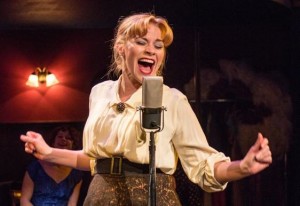
In season six (1996), Harlequin produced their third original episode in the Stardust series. Operation Stardust was so popular that they moved the entire production to a local high school for two weeks to accommodate demand. “Competition for dates in the Washington Center made extending impossible. It was clear that Harlequin REALLY needed its own space!” remembers Linda Whitney. They then took on Tom Stoppards’ Arcadia–another huge hit–then mounted their new original musical, Rock’n’Roll Twelfth Night–which sold out two weeks of extension and, again, was forced to close due to prior bookings in the space. It was time. Harlequin Productions made an offer on the State Theater, which was accepted. And so, during RR12N, the company launched their capital campaign to purchase and remodel the State Theater. They had precisely seventeen months to raise $1.3 million and complete the remodel.
During the seventh season, all energies were focused on the capital campaign. The group was too busy to write a fourth Stardust episode, so they produced Seattle Rep’s Inspecting Carol. It was a hilarious hit, but it was already clear that Harlequin had begun a holiday tradition with Stardust, and the audience didn’t want to be let down. The group vowed to bring Stardust back the following year. The rest of the season was equally successful, including a steamy A Streetcar Named Desire and a breathless production of Henry V with eight actors playing 38 roles on and around a “period” pageant wagon.
Seventeen months after beginning the capital campaign, Harlequin opened the doors on the beautifully remodeled State Theater. Suddenly the company had a theater, a mortgage and a staff. Their budget jumped from $150,000 annually to $750,000. Their full-time staff increased from one to eight. To keep up with the bills and the building, they knew they had to increase income, so they planned to expand from a four-show season to a six-show, year-round season, but the first year they panicked and added two additional shows for a total of eight. And these were not small shows, driving all human beings involved to near collapse. The company was also operating their own box office for the first time, and it was trial by fire: brand new software, brand new staff and an avalanche of ticket sales to deal with. The first two years were a scramble to figure out how to run a much different company. Luckily, their strong suit was production, and the vision and quality never flagged, despite the rocky seas behind the scenes.
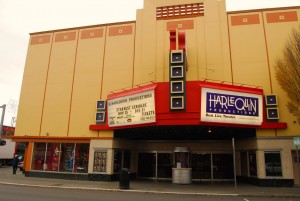 Since moving into the State Theater, the company has continued to settle into their new home, while still producing the challenging works the founders dreamed about in the beginning. In season 9 (2000), the company had two productions (The Tempest and Hapgood) selected for permanent collection by the Theater on Film and Tape Archive at the Lincoln Center in NYC. In season 12 (2003), Harlequin produced its first equity show when it staged A Rock’n’Roll Twelfth Night for the third time. During Season 13 (2004), amid the financial demands of owning their own building, the company found themselves on the brink of shutting their doors, only to be saved by an enormous response by the Olympia community. The fact that the community rallied around Harlequin at its time of need was a testament to the community’s appreciation of the arts, its approval of Harlequin Productions, and its vested interest in keeping the company going. To this day, exciting things are happening at Harlequin. Just this last year (season 22), Harlequin blew the roof off the joint with their modern-day staging of Jesus Christ Superstar, and a few months later rolled out their new improv troupe, Something Wicked.
Since moving into the State Theater, the company has continued to settle into their new home, while still producing the challenging works the founders dreamed about in the beginning. In season 9 (2000), the company had two productions (The Tempest and Hapgood) selected for permanent collection by the Theater on Film and Tape Archive at the Lincoln Center in NYC. In season 12 (2003), Harlequin produced its first equity show when it staged A Rock’n’Roll Twelfth Night for the third time. During Season 13 (2004), amid the financial demands of owning their own building, the company found themselves on the brink of shutting their doors, only to be saved by an enormous response by the Olympia community. The fact that the community rallied around Harlequin at its time of need was a testament to the community’s appreciation of the arts, its approval of Harlequin Productions, and its vested interest in keeping the company going. To this day, exciting things are happening at Harlequin. Just this last year (season 22), Harlequin blew the roof off the joint with their modern-day staging of Jesus Christ Superstar, and a few months later rolled out their new improv troupe, Something Wicked.
So when you come see Harlequin’s current production, their fourth staging of their hit original musical A Rock’n’Roll Twelfth Night, keep in mind all of the things this renegade group has been through to get to this point. You might find yourself enjoying the show even more.
Tickets and info available at www.harlequinproductions.org or by calling 360/786-0151



























